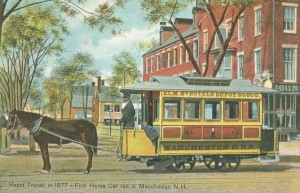Many of us at Wooli and other NSW coastal towns have shared the very unpleasant experience inflicted by hazard lines when we have tried to sell or modify our beach front properties.
Sellers have been told by prospective buyers, agents and banks that councils’ advice (documents and verbally) has turned them against the purchase or dramatically reduced their offer price. Similarly, councils heavily restrict what modifications owners can make to their beach front properties.
 Hazard Lines are the common factor underlying these nasty surprises. It therefore seems reasonable to expect that the data, tools and methods councils use to calculate these important lines will produce accurate results for different locations (Wooli versus Wollongong) and over different time timelines (10 years versus 100 years)
Hazard Lines are the common factor underlying these nasty surprises. It therefore seems reasonable to expect that the data, tools and methods councils use to calculate these important lines will produce accurate results for different locations (Wooli versus Wollongong) and over different time timelines (10 years versus 100 years)
However, two publications by Angus Gordon, Chair of the NSW Coastal Panel and widely respected coastal engineer, raise serious doubts about hazard lines. Firstly, he explains fundamental concerns about the way councils calculate and use hazard lines. Secondly, and even more importantly, he questions the simplistic and out-of-date concept of hazard lines and suggests modern probability-based tools be used instead (as they are for other disaster scenarios such as landslides).
The title of the first of these articles, “The contradictions of hazard lines; are they a risky business?” clearly suggests that hazard lines are not a reliable method for making major decisions. Here is a summary of some of the important problems in how they are calculated and used.
Angus Gordon’s second paper, “Coastal Hazard Lines – Last Century’s Thinking” explains why hazard lines are well past their use-by date and suggests modern tools to replace them. Here are some of the key points.
The key question for the NSW government and Minister Stokes is whether they will continue to duck this issue and leave it up to councils. It’s obviously a major concern for the NSW coastline and the new Coastal Management Manual recently announced by Minister Stokes is the obvious place for him to correct the important problems identified above. Coastal residents will be watching carefully when the completed manual is produced in February 2016.


Have your say!